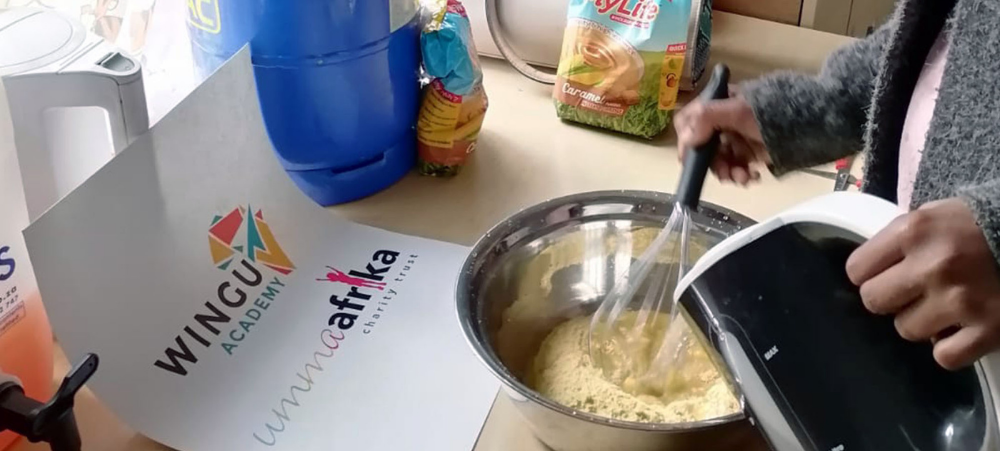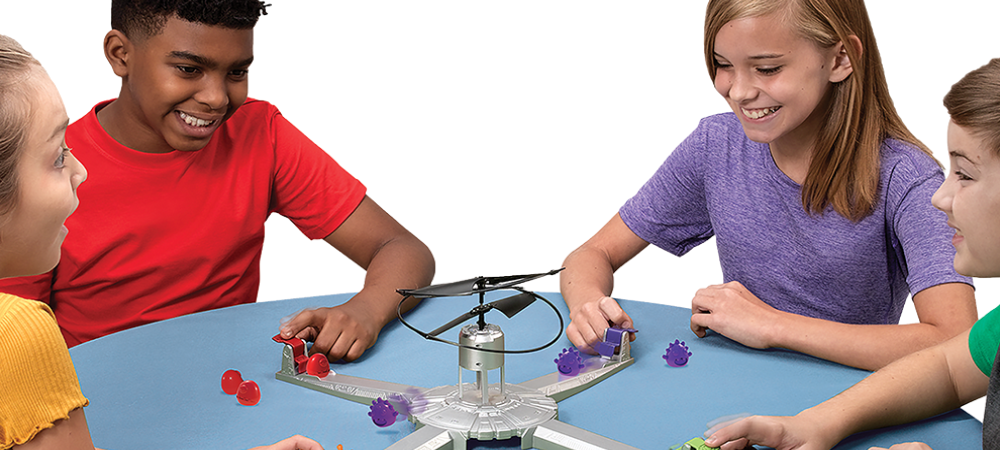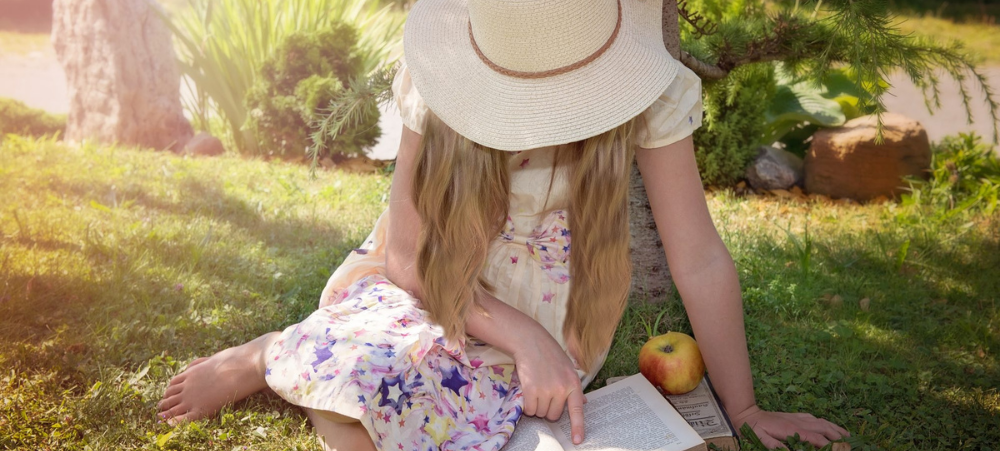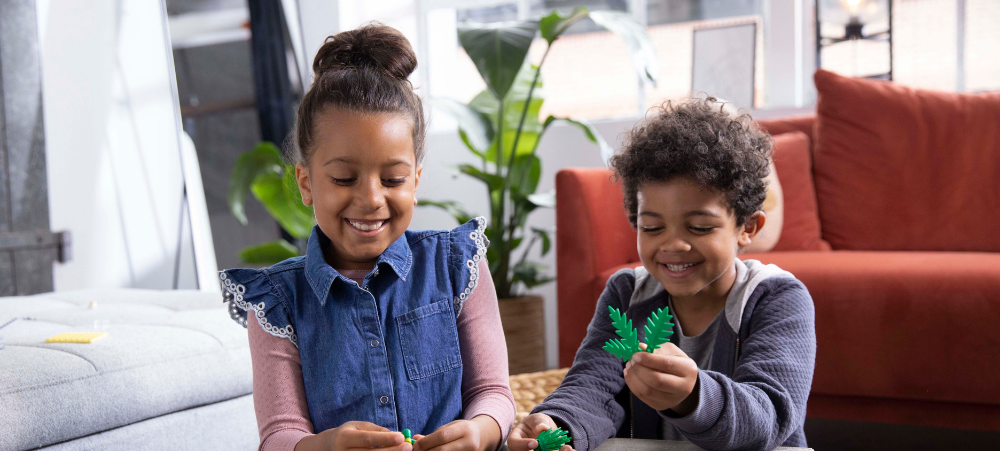
Self-tan tips to ensure an even, streak-free glow this summer
Skirt season is here, and while the temptation to sun tan next to the pool is very real, we know that the only safe tan is a fake tan. Not only can you go from pasty to sun-kissed in a matter of hours, but by opting for self-tan instead, you’ll save yourself from sunburn, premature ageing and even skin cancer. The sun’s rays are dangerous, and when your skin tans, it is actually a sign of damage from UV rays. Applying self-tan at home is a safe and affordable alternative, but some people are still a little bit apprehensive about the process. Getting an even, streak-free glow is much easier than you may think – here’s how. Prep your skin Preparing your skin for fake tan is arguably the most important step for smooth application. Gently exfoliate your skin the morning of, or the evening before you apply self-tan. Buffing away dry and dead skin cells will ensure a deeper colour, a smoother, more even application and a longer-lasting tan. If you shave, shave your skin at least 24 hours before you apply self-tan to ensure the hair follicles have closed up (to avoid a speckled look). It’s also really important to remove any traces of self-tan you might already have on your skin. St Moriz Tan Remover (R300.00) gently and effectively removes self-tan, without the need for abrasive scrubbing. This moisture-rich formulation leaves your skin super soft, and tan-free – ready for your next application! Keep skin clean Self-tan should be applied to clean skin, free from deodorant, perfume or moisturiser (with one exception!). Deodorant can turn green when it comes into contact with self-tan, and perfume can cause blotches, so best avoid both of these on the day of your tan. With regards to moisturiser, you should moisturise the driest areas of your body before you apply your tan (such as your knees, elbows and heels) as these areas tend to absorb a lot of colour and can thus get darker than the rest of your body. Select your formula and shade wisely To find your perfect self-tan product, you’ll need to keep a few key variables in mind. Firstly, if you’re new to self-tan application, or if you have very fair skin, opt for a light shade to begin with. Mastering the basics is a lot less stressful when you are working with a natural-looking shade. Then you have to consider the different types of formulations. For newbies, a tanning moisturiser is a great first product to try. St Moriz Golden Glow Moisturiser (R150.00) is perfect for those looking for a soft and natural golden glow. It is specially formulated with aloe vera and vitamin E to leave your skin feeling soft and looking beautiful. Australian Gold Intensifier Bronzing Dry Oil Spray (R290.00) contains immediate bronzers designed to provide dark yet natural colour and smooth skin. It uses the power of natural black walnut in a ColorBoost formulation that helps to leave skin with a deeper, bronzer colour that lasts much longer. It’s also made with nourishing Australian oils and banana extract to help condition and care for the skin. For that classic sun-kissed look, St Moriz Medium Tan Mousse (R150.00) offers a golden glow and professional finish. A unique blend of active tanning agents leave you with a golden, natural-looking tan. If a quick result is what you’re after, St Moriz Fast Tan Mousse (R150.00) is for you. It gives you a quick tan and allows you to control your shade – bonus! Infused with vitamin E and olive milk, this fast tan mousse makes it easy to achieve the tan you desire in much less time. If you love a spray formula, try Australian Gold Instant Sunless Spray (R390.00). It combines bronzing ingredients and nourishing moisturisers to feed and protect skin while developing a sunless tan that lasts longer. It also contains caffeine to tighten skin, and its oil-free formulation dries quickly and allows for even, streak-free coverage. Use a tanning mitt Don’t ever use your bare hands to apply self-tan as they will over-absorb colour and stain. Instead, use a good quality mitt like St Moriz Tan Applicator Mitt (R99.99), which ensures an even, streak-free finish. For best results, start with your feet, and use long sweeping motions as you work up to your neck. Experts recommend setting aside enough time to take it slow and avoid a rushed job, which often leads to missed spots. Make it last Be sure to wear loose dark clothing after you’ve applied your tanning product, and for the hours in-between your tan application and first post-tan shower, be sure to avoid sweaty exercise or swimming. Keep the water lukewarm for your first shower as hot water can sabotage your glow. After showering, pat your body dry and apply a hydrating moisturiser, a step you must repeat every day (you can even moisturise twice a day if you prefer) to lock your colour in and keep the skin soft and moisturised. Don’t skimp on UV protection Now that you have the perfect golden tan, it’s easy to forget about sun protection, but it’s important to remember that even though you have a fake tan, you can still get sunburn (and the sun can still damage your skin!). Whether you’re heading out for a swim or staying home, it’s important to apply a good quality SPF every day to protect your skin from UVA and UVB damage. Piz Buin Tan & Protect SPF30 Tan Accelerating Oil Spray (R270.00) protects skin from the sun, is fast-absorbing and non-greasy. It’s a beach bag staple as it’s really easy to apply. If you prefer a lotion texture, then Piz Buin In Sun Moisturising Sun Lotion SPF30(R200.00) is a great option. It comes with advanced UVA/UVB filters to protect the skin from the sun, and is also enriched with antioxidants to prevent premature skin ageing. The non-greasy texture allows skin to breathe. A hydrating after-sun product like Australian Gold’s Soothing Aloe After Sun Gel (R165.00) is perfect to apply after spending some time in the sun as it’s filled


































